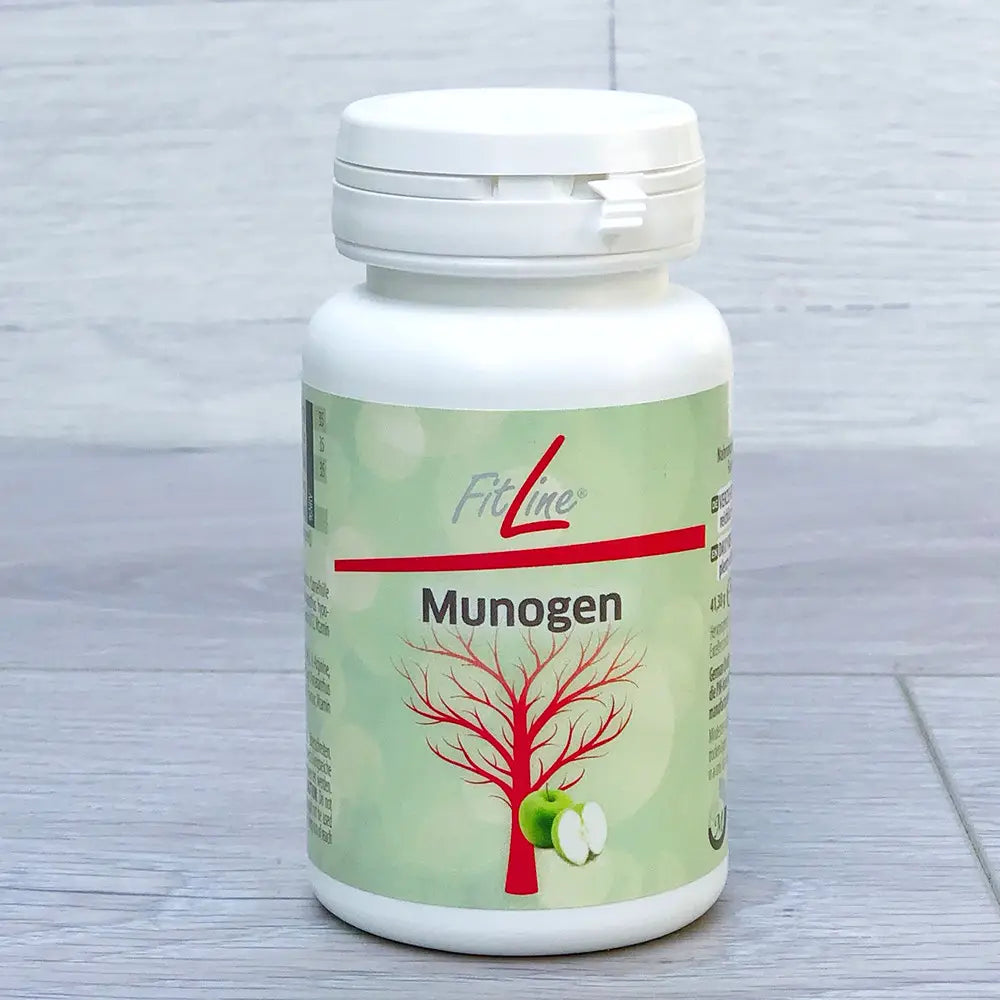Munogen is an exclusive, all-in-one combination of various ingredients with synergistic effects.
Munogen contains bioactive ingredients, secondary plant substances, amino acids and vitamins, which contribute to the production of red blood cells*, blood production** and helps to reduce fatigue and tiredness*/**.
Synergistic combination of natural and high-quality extracts of green apple, grape and red spinach.
Synergistic effect of high-quality L-Arginine and L-Citrulline

